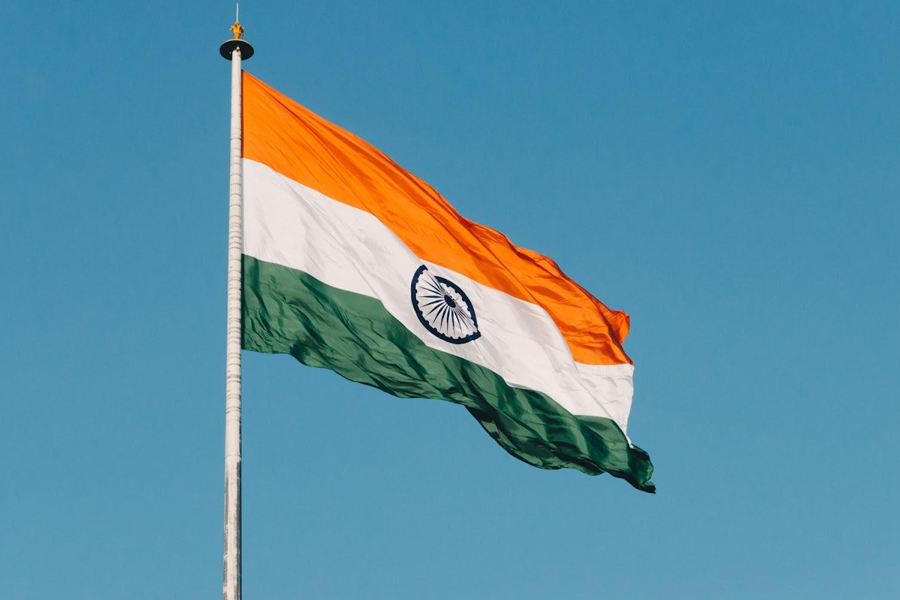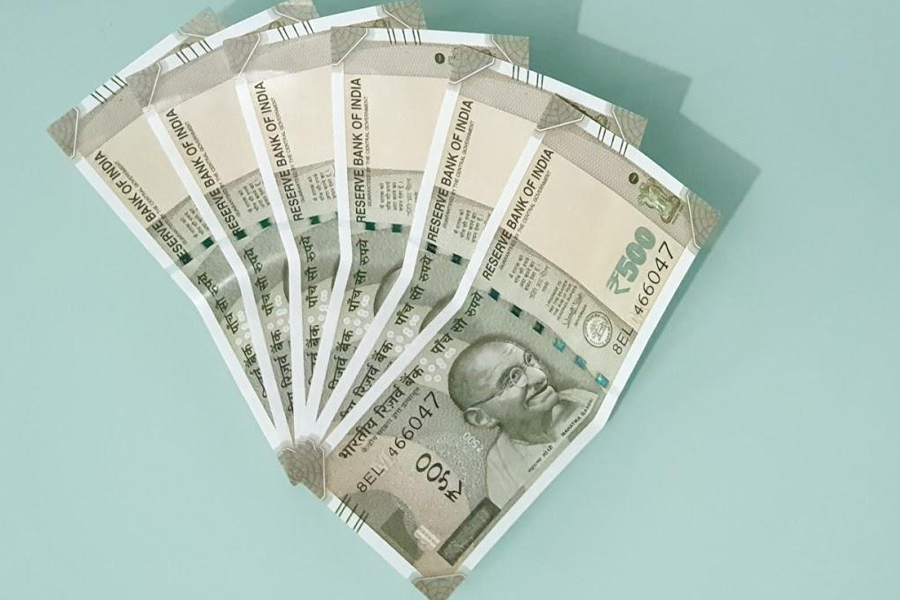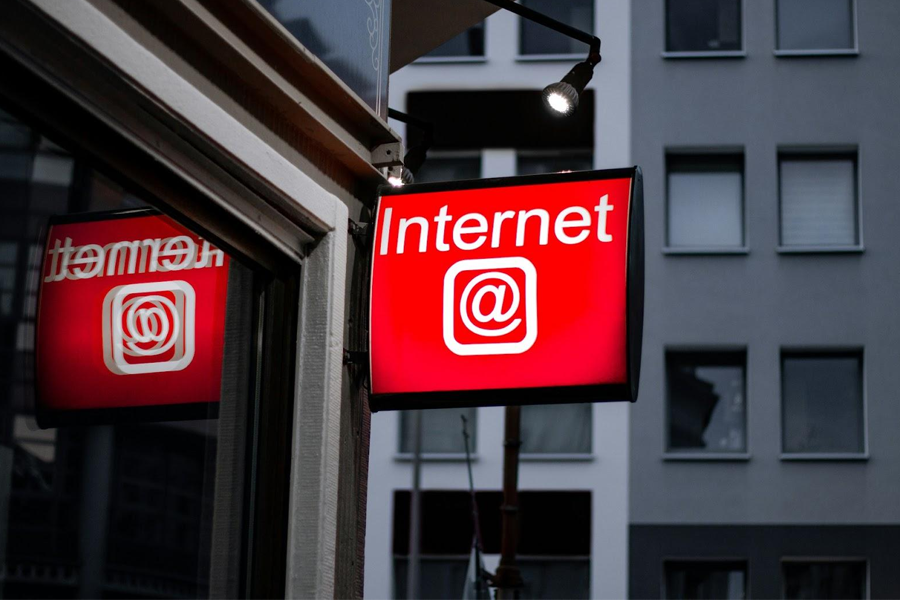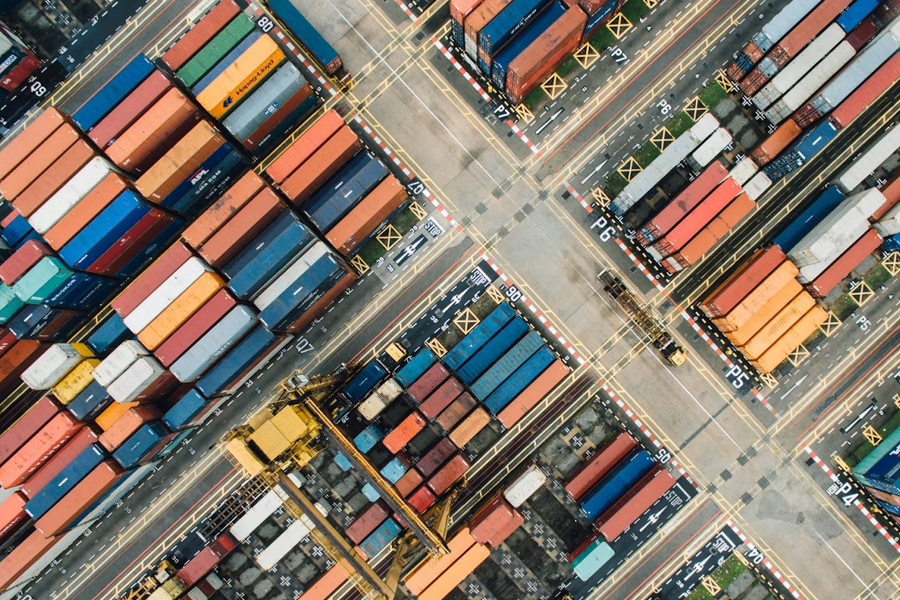Unlike other industries, the e-commerce sector grows quickly. The creation of the online marketplace plays a huge role, allowing easy consumer-to-business or business-to-business transactions.
Numerous countries are improving their e-commerce industry further. Although India is not among the top five nations, its e-commerce industry should not be taken lightly.
During the COVID-19 pandemic, many Indian startups closed due to online sales restrictions. But these closures didn’t stop India’s e-commerce from growing. Let’s dig deeper to learn how good the growth of e-commerce in India really is. Here are 50 facts and stats about the Indian e-commerce market.

India’s E-Commerce Growth
India’s e-commerce industry has been experiencing an upward growth trajectory for the past few years, especially since the global health crisis of COVID-19 occurred.
Let’s see why:
- India’s ecommerce industry covers 1.4% of the global e-commerce sales. (Business.com)
- In 2017, e-commerce was recognized as the fastest-growing industry in India.
- In 2018, India’s e-commerce industry reached $22 billion, leading to predictions that its market size will continue to grow until 2030. (Statista)
- The COVID-19 pandemic played a crucial role in India’s e-commerce growth.
- In 2020, India’s e-commerce sector jumped to $705 billion. (Economic Times India)
These facts show that India’s e-commerce growth rate remains largely untapped, with future prospects looking good.
Key Players and Foreign Companies in Indian E-Commerce
The Indian e-commerce industry will not have great potential without the help of foreign companies and other major players.
Learn more about the online retailers below:
- Online retailers are estimated to deliver 20,000 pin codes out of the 100,000 in India. (IBEF)
- Thanks to affordable smartphones and low-cost data plans, leading retail brands and e-commerce companies are increasing their investments in India.
- In 2018, Amazon India beat Flipkart as India’s largest e-commerce in terms of revenue.
- India’s largest business-to-business e-commerce business, B2B Udaan, raised over $280 million from new and existing investors.
- Amazon, Snapdeal, and Flipkart became the biggest retailers in India in 2023.
- Because of the increasing online product line from Indian e-commerce players, new online e-commerce platforms are expected to arrive.
These details clearly show that more and more foreign companies and local businesses are investing more in Indian e-commerce.

Indian Online Retail Evolution
India’s retail industry has evolved significantly over the years.
Let’s see why:
- The Indian economy was liberalized in the 1990s, allowing foreign retailers to enter the market.
- The growth of the organized retail sector helped India’s digital commerce grow.
- In 2017, India’s e-commerce market reached $38.5 billion thanks to increased online shopping and smartphone penetration. (Startup Talky)
- Among the popular categories, electronics is the biggest, with a share of 48%.
- In addition to Indian e-commerce platforms, Amazon, Flipkart, and other foreign companies partner with brick-and-mortar stores for faster deliveries.
Thanks to the arrival of e-commerce platforms and e-commerce businesses, the online retail sector’s growth accelerated further.
India’s Financial Landscape
Regarding the financial landscape, India stands out as a rapidly evolving nation. The Indian ecommerce industry is expected to grow substantially in the upcoming years due to the increased economic growth and ecommerce market share.
Below, you can find more information why:
- The Indian e-commerce sector’s online gross merchandise value is expected to reach around $120 billion by 2025.
- The nation’s e-commerce sector is expected to attract over 300 million consumers, which could further increase its online gross merchandise value.
- Regarding social commerce, India’s gross merchandise is expected to reach $20 billion by 2025.
- In 2022, the e-commerce market share in India reached $88 billion.
- India’s digital payments could account for 80% of all transactions by 2025, which could help grow its e-commerce.
Thanks to the country’s ambitious growth agenda and diverse economy, its financial sector plays a crucial role in its e-commerce.

Indian Government’s Initiatives for E-Commerce
Thanks to the assistance of the Indian government, the country’s e-commerce sector has grown continuously.
Learn more about the initiatives below:
- In 2014, numerous government e-marketer (GeM) programs, such as the Innovation Fund, were implemented to boost the e-commerce industry.
- The Indian government required foreign firms that use the country’s e-commerce platforms to have permanent account numbers between 2016 and 2020.
- The Consumer Affairs Ministry unveiled the Consumer Protection Rules 2020.
- In 2022, 4.56 million registered sellers used GeM to fulfill over 10 million orders worth over $33 billion.
- The Indian government disbursed $23.8 million to millions of customers for embracing digital payments.
- The Indian government invested in 5G fiber network constructions to boost the e-commerce sector.
Numerous government initiatives, such as Start Up India, Skill India, and the Digital India movement, are being launched to improve the business standard in the e-commerce industry.
Digital Transformation
The expansion of digitalization played a crucial role in improving India’s e-commerce. This allowed many businesses to create their ecommerce websites and offer their products and services to a wider audience across the country.
Check out how this was achieved:
- Internet penetration is one of the main factors that encourage people to transition to online shopping, helping India’s e-commerce to flourish.
- The quick-growing Indian e-commerce sector benefits from the rise of the internet user base, with internet users expected to reach 1 billion by 2025. This was seen in 2023 when the internet user base reached over 690 million.
- The government is boosting digitalization by launching the Start Up India Portal and Digital India.
By encouraging digitalization, the Indian government is also boosting the nation’s e-commerce industry.

E-Commerce Platforms and Customer Engagement
India’s e-commerce market has been growing rapidly because government leaders have enabled e-commerce platforms to expand. This is beneficial for businesses across different industries to scale and offer even more services.
Let’s see why:
- Analytics-driven customer engagement also supports the growth of e-commerce in India.
- Indian retailers are leveraging AI to analyze customer data to offer personalized experiences.
- Indian consumers turning to online shopping led to contactless payment methods and enhanced retailers’ online presence.
- Purchasing options, from large-scale e-commerce channels to specific retail brand pages, are becoming more diversified.
- Amazon and other e-commerce giants are expanding their reach by offering customer-centric services.
E-commerce can continue growing thanks to improving customer engagement, expanding e-commerce platforms, and the arrival of new technologies.
Supply Chain and Logistics in E-Commerce
The growth of ecommerce in India significantly impacts the supply chain. Micro, small, and medium enterprises greatly benefit from the ecommerce market.
Below, you can learn what other benefits supply chain and logistics offer:
- India’s supply chain has grown since e-commerce opened numerous commerce segments, such as direct-to-consumer, consumer-to-consumer, business-to-business, etc.
- The supply chain benefits e-commerce through hyper-local logistics, digital advertisements, and online payments.
- E-commerce influenced retailers to utilize technologies to streamline the supply chain, reduce waste, and optimize inventory.
- In 2023, tech-driven logistics platform iThink Logistics started boosting e-commerce deliveries in remote areas.
- Indian logistics e-commerce platform Xpressbees became a unicorn valued at $1.2 billion back in 2022.
These details show that India’s supply chain and e-commerce benefit one another as they advance.

Challenges in India’s E-Commerce
Challenges are expected to arise in India’s growing e-commerce industry. However, the country is doing its best to address these problems.
Let’s see how below:
- Flipkart and other big players in the e-commerce sector faced major challenges, such as struggling to connect sellers and buyers and logistics issues.
- India has a higher merchandise return rate than the purchase rate, especially among B2C businesses.
- Many Indian consumers still prefer cash on delivery due to safety concerns.
- The lack of standardized postal addresses affects e-commerce as logistics face difficulty finding customers’ exact locations.
- Many e-commerce companies that use Indian payment gateways are going out of business due to a high failure rate.
Despite challenges, India’s e-commerce industry still has many opportunities to grow.
Future Outlook of India’s E-Commerce Industry
India’s e-commerce market is expected to become the second-largest in the world, beating the United States.
The numbers are talking for themselves:
- India’s e-commerce industry is predicted to spread into new geographic areas.
- India has already gained 125 million online shoppers over the past three years. Another 80 million e-commerce consumers are expected to be added by 2025.
- The growth of ecommerce in India could reach over 299 billion by 2029, growing at a CAGR (compound annual growth rate) of more than 21%.
- The e-commerce sector of India is expected to reach $350 billion as early as 2030.
- The industry is estimated to grow at a CAGR of around 27%, reaching roughly $163 billion by 2026.
E-commerce already helped change how businesses are done in India. Right now, business leaders in the e-commerce market believe this industry has less than 5% of its potential.
This means that the Indian e-commerce sector still has much room to improve. With the arrival of investors, the rise of new technologies, and the growing consumer base, India’s overall e-commerce market could overtake the U.S. and other countries.
Thanks to the rise of e-commerce in India, small, medium, and big businesses no longer need to spend much money on physical facilities. Customers also greatly benefit from it through increased consumer choice and cheaper options caused by retail market competition.
Frequently Asked Questions
How big is India’s e-commerce market?
In 2024, India’s e-commerce market is estimated to be more than $112 billion. This growth is mainly triggered by rapid urbanization.
Which is the largest e-commerce business in India?
The largest e-commerce business in India is ajio.com, which has revenues of $3 billion in 2023. It is followed by jiomart.com, which has sales of over $2 billion.
Which country has the biggest e-commerce?
China remains the number one country when it comes to e-commerce. It would take India years before it can beat Beijing in e-commerce sales.